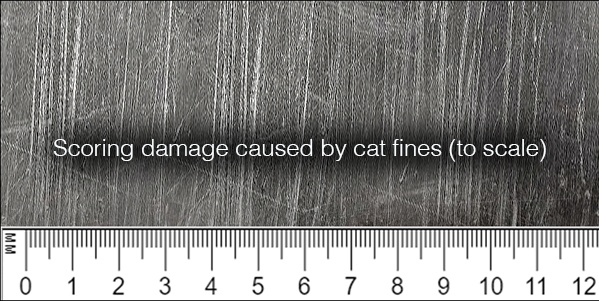-
Products
- Products
-
- Categories
- Engine Spare Parts
- Marine Components
- Condition-Based Monitoring
- Cryogenic Valves
- Filtration Solutions
- Product Brands
- SKF Marine
- Becker Marine Systems
- Parker
- Parker Bestobell
- LFH Fluid Control
- MANN FILTER
- Mann + Hummel
- Gali
- Engine Makes
- Bergen
- MaK
- Wärtsilä
- By Industry
- Marine
- Power Generation
- Stand-by Power
- Services
-
Industries
- Industries
- Marine
- Power Generation
- Stand-by Power
- Global Network
- Contact Us
- News
-
Enquiries
- Resources
-
Email
- About us
-
No English?
